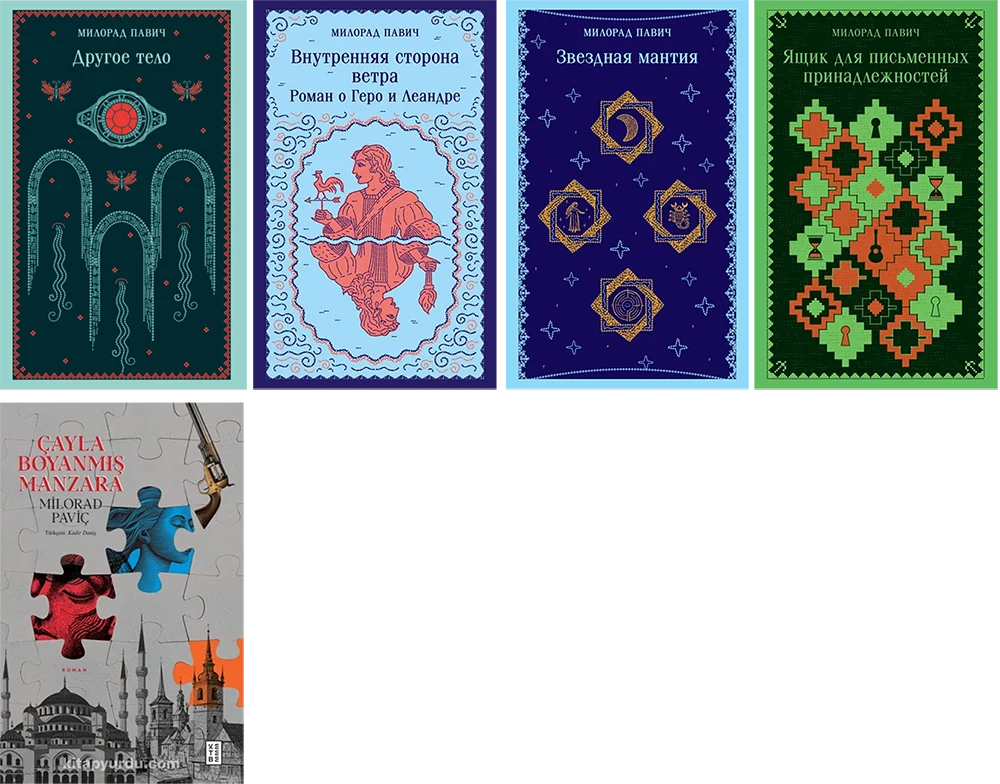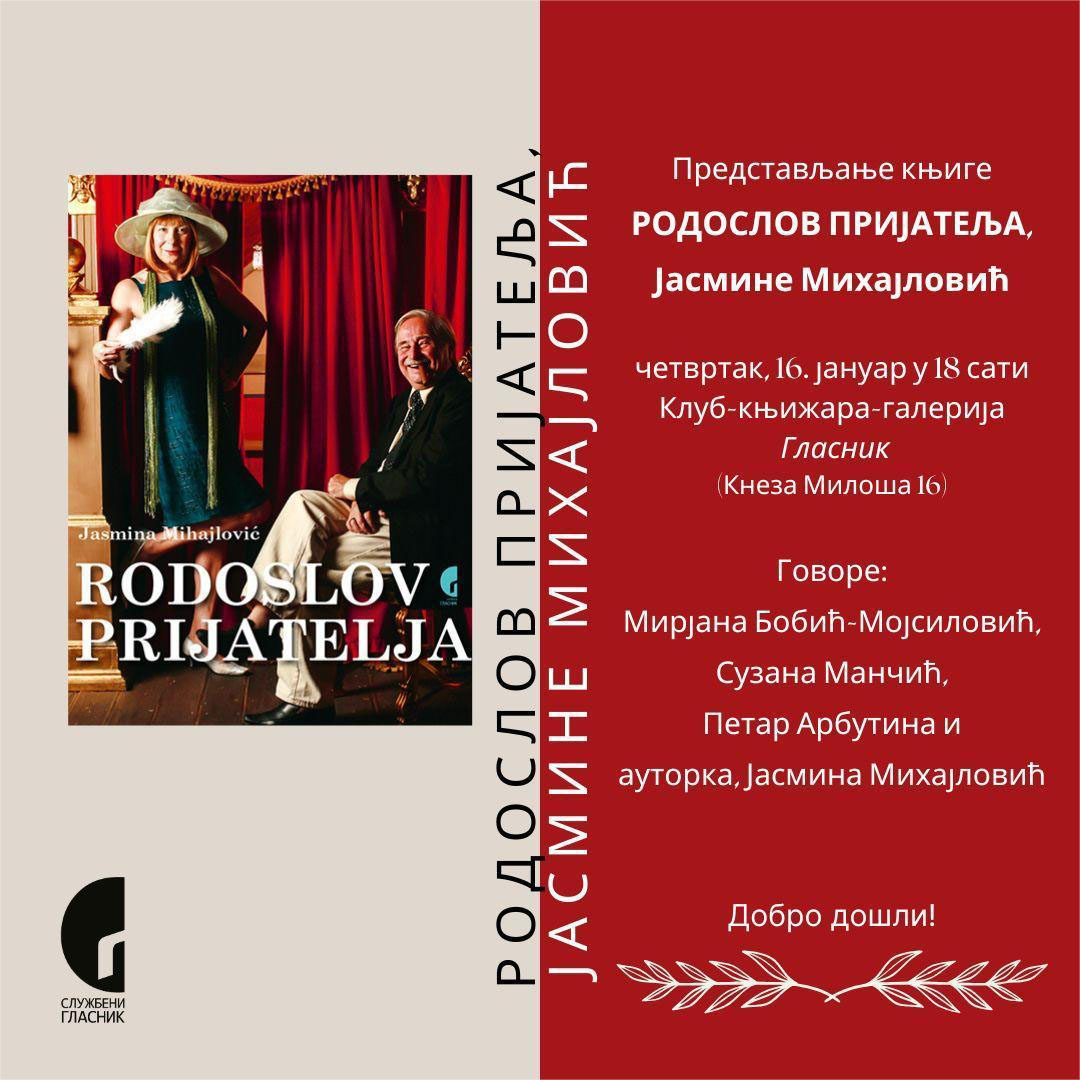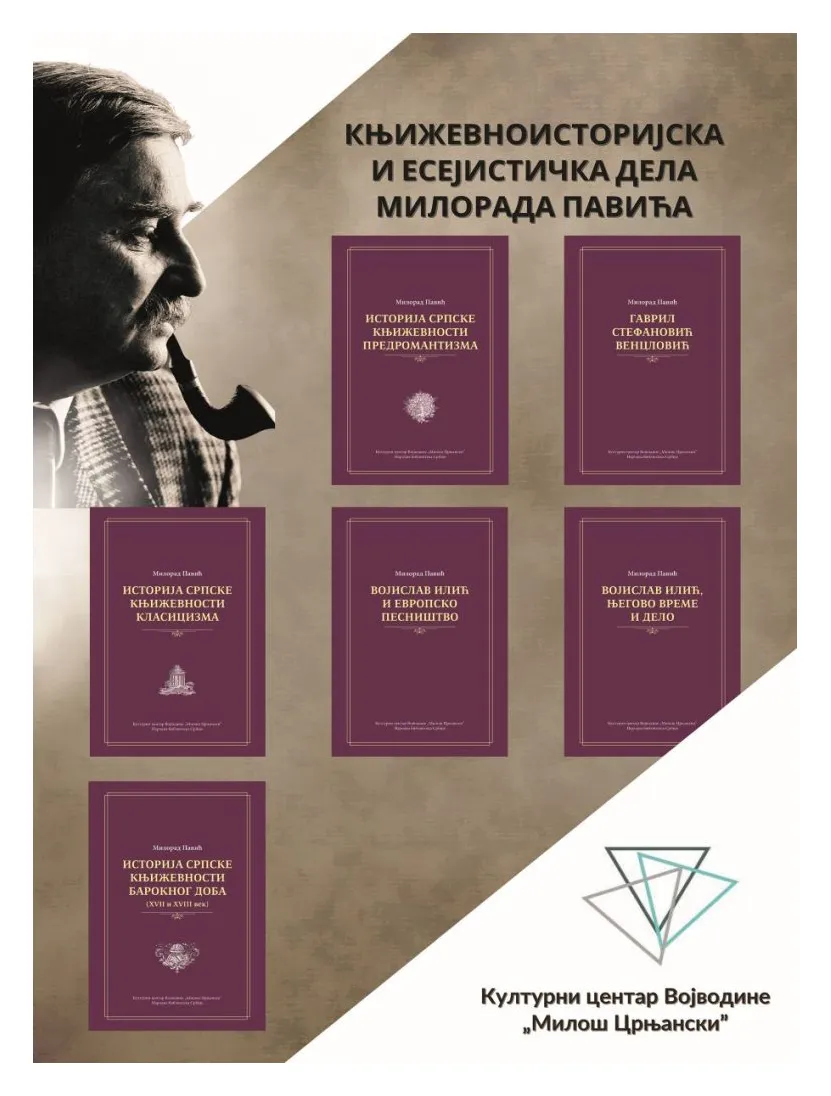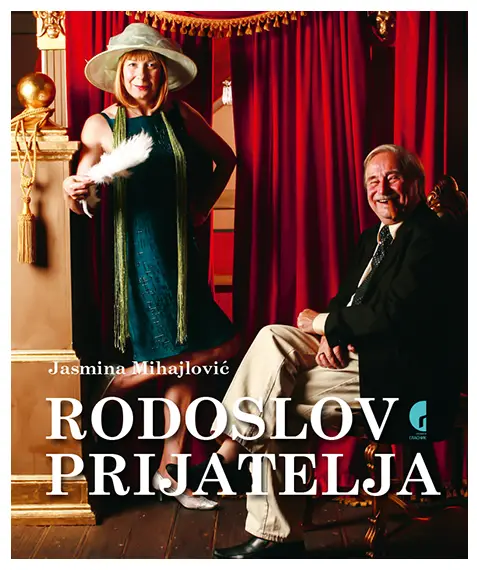The Tale That Killed Emily Knorr
Original title: Priča koja je ubila Emiliju Knor
Basic Book data
First edition: Belgrade, Dereta, 2005, 44 + 50 pages.
-
The Tale That Killed Emily Knorr,Dereta, Belgrade, 2005.
-
Zgodba, ki je ubila Emilijo Knorr (The Tale that Killed Emily Knorr)
Ma-No, Nova Gorica, 2006. -
Included in Forever And a Day [Kindle Edition e-book] (A selection of stories and poems and a play), Amazon.com, Kindle Store, 2012.
4. Priča koja je ubila Emiliju Knor / The Tale that Killed Emily Knorr, (dvojezično izdanje) , Dereta, Beograd 2015.
Overview
In the novel The Tale that Killed Emily Knorr storytelling (the story) kills the listener (the reader). Thus literature, with Pavić, becomes dangerous to the reader. “In this book the author is accused of being able to kill with a story. Of course this is not possible, but when the world wants to make somebody look bad (which is something that, here in Serbia, we have witnessed directly), then all means are employed. In my novel the story is, after all, able to kill. It can kill the one that created it, that is to say – its writer.”
*
Is the peak of narrative skill a story that can change established relations in the world? A story that can kill and, in the dream landscapes of Milorad Pavic’s prose, be killed. Were the paths of Emily Knorr intercepted by Pavic’s tales as a destiny, curse or blessing, or did the writer simply wish to write a romanticized autobiography? Prose that is at the same time both story and novel, medicine and poison…
Milorad Pavić
The Tale that Killed Emily Knorris autobiographical prose. It poses the following question: if you can kill with a story, can that same story, when told to you, kill you, its author, as well? This short history also has a political theme.
Reviews
Vaguely Borgesian, 2011 Reviews
Storytelling can be a dangerous art. From a simple snippet of a tale (true or not does not matter), the reader/listener can be sucked into a world in which the tale teller and not the reader/listener is in full control. In Pavic’s book, when a presumably simple "man with rosy cheeks" (we later learned he wrote some Italian book called Dicionario dei Khazari) recites, people like Emily Knorr die. What power such tales must have, if they can influence people to commit suicide or die of heart attacks!
The Tale That Killed Emily Knorr is a bilingual Serbian/English tale that barely lasts 50 pages in translation, yet over the course of its six short chapters, we witness meditations on stories, on the beliefs that people have in the efficacy of the written charms (even today we see remnants of this in the signs that many families post in their homes regarding warmth and charity), and the power of words to create and transform images. Like most fables, it has a certain charm to it, a sense that it is not the mystery that is important as much as it is what creates a mystery out of words that possesses our thoughts as we read it.
Milorad Pavić in his unusually constructed stories (ironically, the layout for this is one of the most traditional he ever employed) often sought to capture that juju that transforms vocalizations into powerful entities that could influence human thought and action. Here in The Tale That Killed Emily Knorr he distills this in a deceptively simple tale which allows our thoughts to meander in daydreams as he largely succeeds in pulling off a literary sleight-of-hand of shifting our focus away from the death and toward the power of the tale.
Doubtless, there will be those who will find this tale to be lacking in plot or resolution. Those dour readers will in their denial of the story only serve to reinforce the questions implied within the text, those regarding how do stories affect us and how do readers/listeners interpret and alter those "landscapes" that the author/storyteller presents for our consideration? It is due to these raised (and not necessarily answered) questions that The Tale That Killed Emily Knorr bears a quaint charm that only improves upon subsequent re-reading.
Petri Liukkonen & Ari Pesonen
The magic of the narrative is taken to its ultimate conclusion in The Tale That Killed Emily Knorr (2005), in which Pavic imagines a tale that can kill and be killed.
Readers reviews
-
The Tale That Killed Emily Knorr bears a quaint charm that only improves upon subsequent re-reading.








